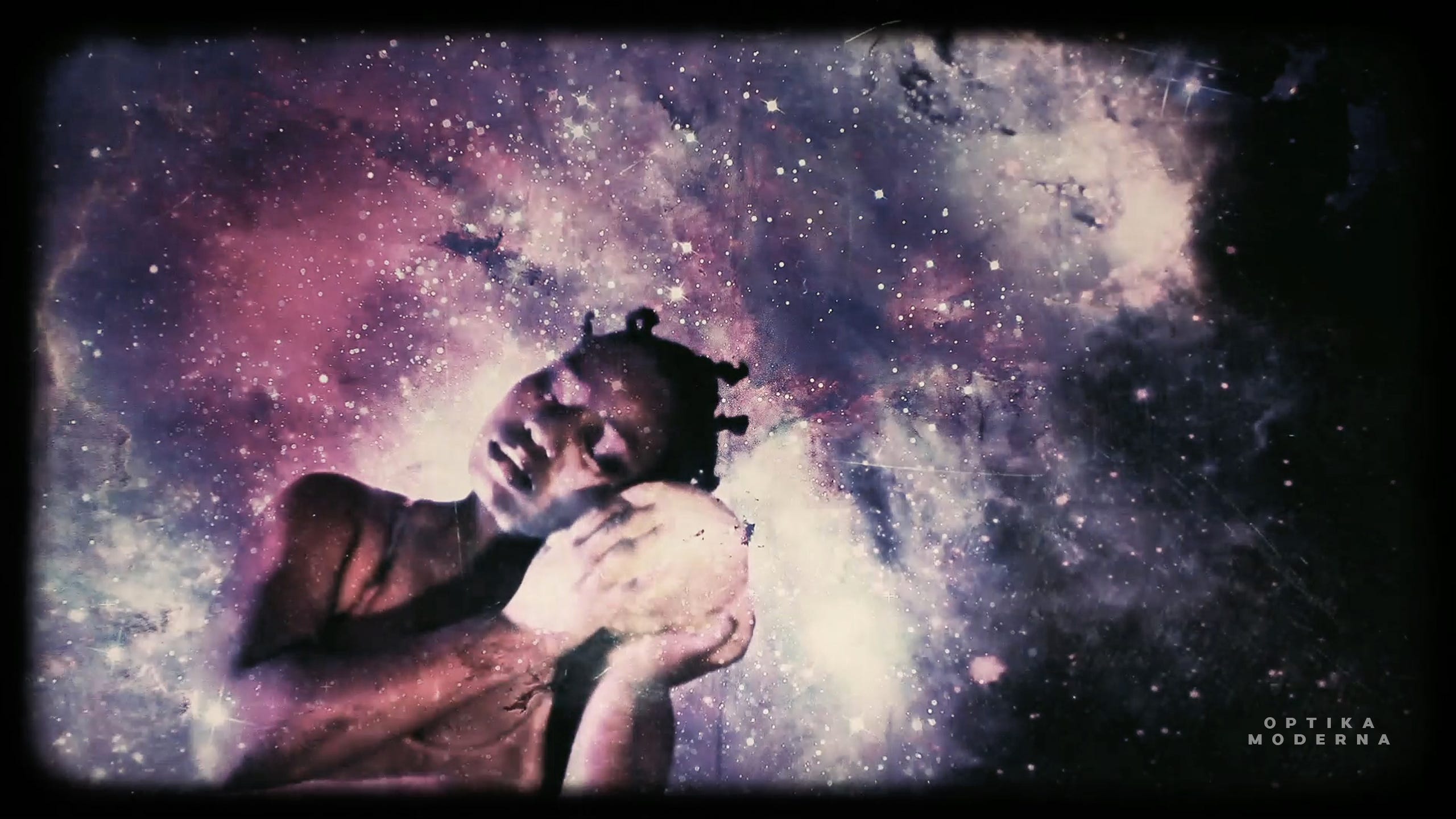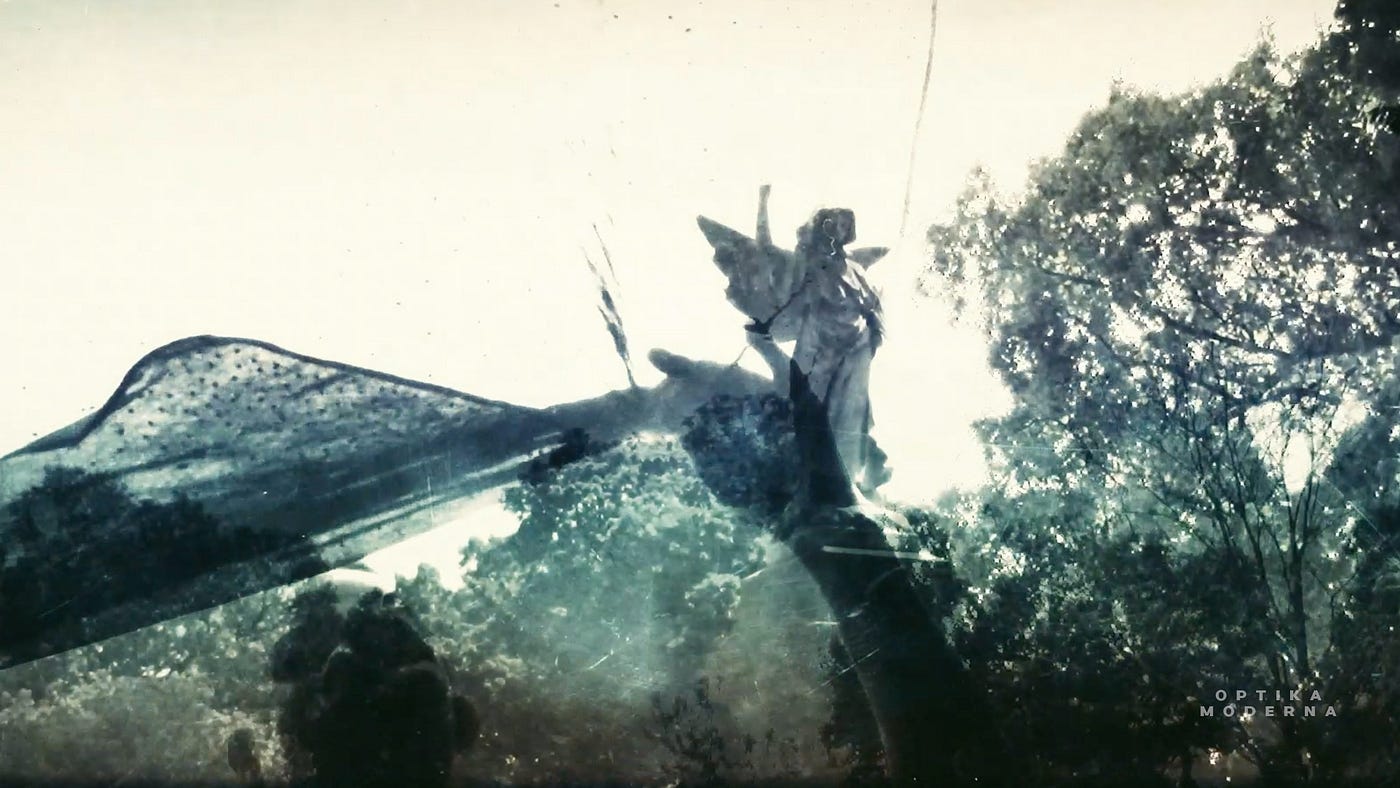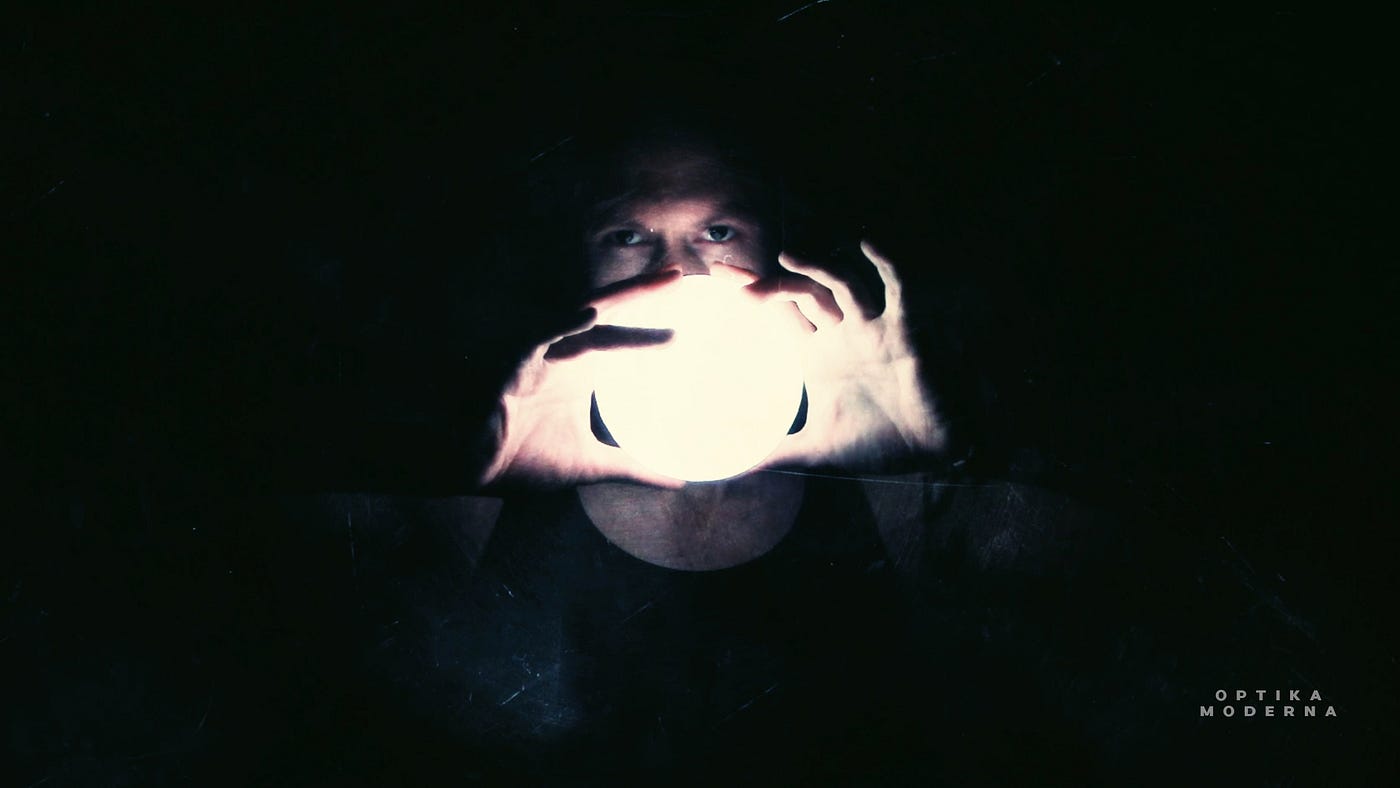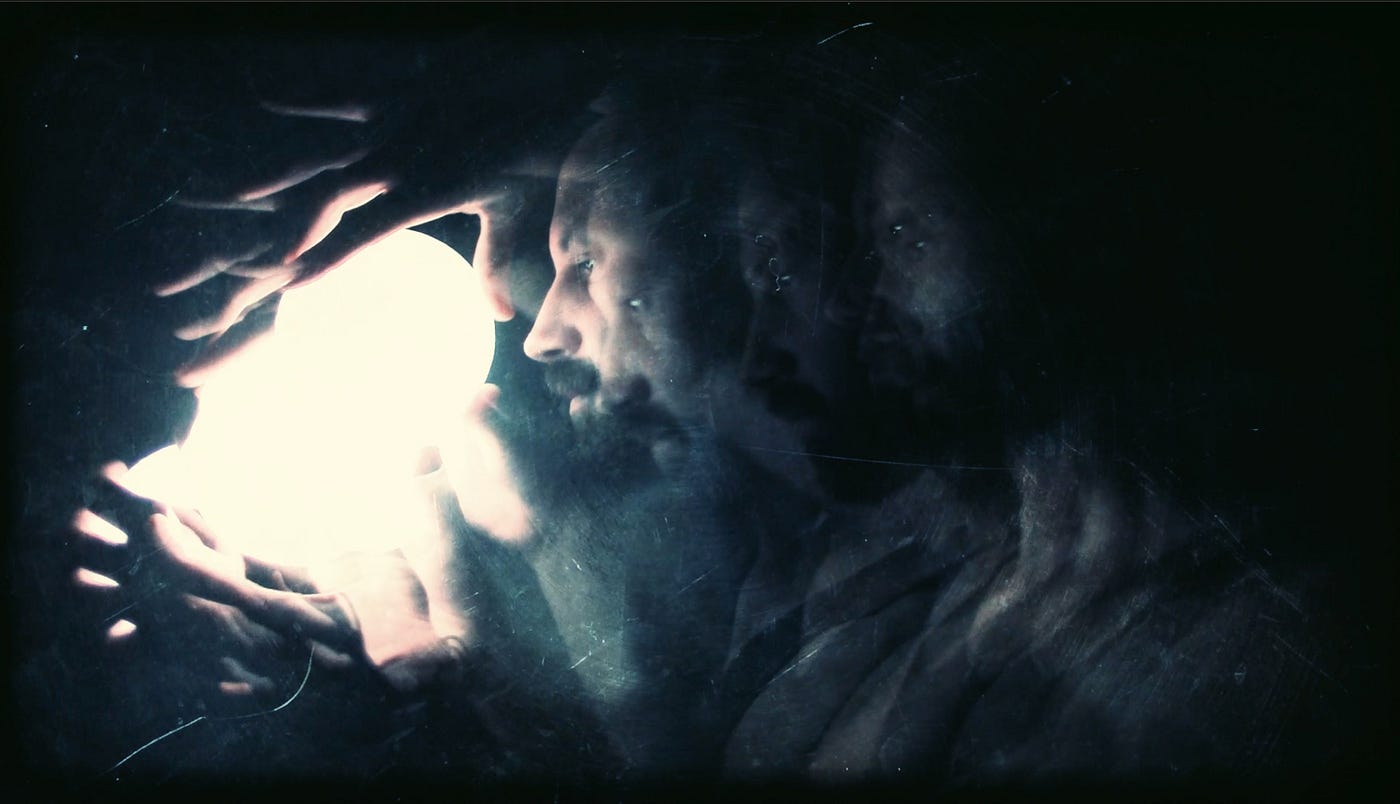‘Portaleza’ Promises A Peek Into the Afterlife (Review)
David Israel Reynoso/Optika Moderna bring a portal to your kitchen table


Is it better to create something that has character and ambition in spades but doesn’t quite hit the mark? Or something safe and homogenous with lower goals, even if it’s entirely successful?
As a critic, I certainly prefer the former to the latter. To be frank: this is not a case of “so bad it’s good.” Instead, these high-aiming works I speak of succeed wildly at certain things, while undercutting themselves in other areas. David Israel Reynoso/Optika Moderna’s Portaleza, a new digital and remote work created for La Jolla Playhouse’s revered Without Walls (WOW) Program, is one experience I’d place in the first category. While by no means a complete success, this experience has completely colonized my thoughts since completing it.
(The following is based upon a press preview viewing as well as a work-in-progress viewing. Significant spoilers for the experience follow.)

What exactly is Portaleza? The description provided by WOW is vague: something about sending a message when you have no idea if you’ll receive a reply; a mysterious eye doctor’s appointment; a package only to be opened at showtime; and a journey beyond your imagined reality. The name of the piece, a portmanteau of “portal” and “fortaleza” (Spanish for “strength”), offers no further hints to its content.
In practice, this turns out to be a séance for one: an attempt to send, and, perhaps receive, a message to a passed loved one. The package mailed to audience members by Portaleza involves constructing “Hypnoculars” (imagine a VR headset without a front or lenses, used in all of Optika Moderna’s shows to frame the action). The majority of the experience is loaded onto a cell phone with headphones and viewed through the hypnoculars. I also receive a mat covered in art nouveau celestial bodies and mysterious angelic runes and a sealed envelope on which to write my message to be delivered. And I’m instructed to complete this experience in a darkened room, which I do.
Portaleza’s materials and setup are beautifully constructed. I’m directed to a web portal to begin my “optician’s appointment” to speak with the dead. It’s elegantly designed and the swirling art on the mat and Hypnoculars are the perfect mix of enchanting and creepy, especially in the dark. Even the timing works spectacularly. I exchange photos with automated email addresses to “translate” my message into an angelic script. Despite the experience not being live, links are sent to me via a simulated text queue for the experience, building up time for the tension to grow.
Instructions tell me to send a text with the word “VISION” followed by the first initial of the person I am trying to contact.
“VISION B,” I text, having poured my heart into a brief letter to my departed great Aunt Beatrice.
“INITIALIZING: PORTALE%A [message to “A]” Portaleza proudly declares back.
I’m confused; I asked for a message to “B” and yet the system says it’s sending one to “A.” If they hadn’t asked me to be specific, I could have just assumed “A” stood for “Angel” or “Afterlife.” But I felt as if the experience had immediately contradicted my actions. (It’s later confirmed to me that this incongruent response was an artifact of my first viewing being that of a work-in-progress.)
Get Blake Weil’s stories in your inbox
Join Medium for free to get updates from this writer.
SubscribeSubscribe
Next, I watch a series of music videos on my smartphone, delivered through an unlisted Vimeo page. The playlist begins with a first person experience reminiscent of a Sleep No More one-on-one. I see a female optician shining a light in my eyes through the screen as glitch lines and computer text a la The Matrix begin to flash on the screen, with thrumming techno in the background growing ever louder. I enjoy it well enough, but the video’s visuals transition into mumbly new age chatter over abstract dancing soon after. But wait! Just as my mind is starting to wander, I see a surrealist tableau of a man frollicking through an industrial space, after seemingly ingesting a hallucinogen. Then: twin angels sending my message to heaven tied to balloons! I cringe a little and am reminded of a condolence card come to life.

Aesthetically, these sections feel deeply incongruent as well as campy, silly, and a tad pretentious. There’s a random-seeming horror section in which skull masked demons briefly make an appearance. This darker element promises an element of tension but it evaporates as quickly as it appears. None of what I see in the video maintains the same aesthetic of the turn-of-the-century vaudevillian design that the physical elements do. Instead, I view a series of images that contain the green glow of early computer monitors, outer space, spooky woods, a seemingly abandoned pseudo-industrial space, and the beach.
I find the dance elements of this recorded video are also incongruent with the experience’s theme. Arms flail and people leap and mug without rhyme or reason. Occasionally, I’ll get a glimpse of “your” message translated into angelic; of course, I didn’t get to see my specific message to my Aunt Beatrice, just the message to “A,” whoever or whatever that may be. (While the work-in-progress only had videos available for “A,” I’m informed that the public version will have more options based upon what the participant sends over text; I did not find significant changes upon my second viewing of the work.)
Then there’s the Hypnoculars. In person, perhaps the usage of this prop makes more sense; it’s a box on your face that forces a very specific framed image upon the viewer. The obvious issue to me is that Portaleza is viewed on your smartphone. The Hypnoculars are there to frame… your frame. I’m instructed to place my phone on the table in the center of the provided mat, and look through the eye holes at my phone for the duration. This means I am hunched over a table with my neck at a 90 degree angle for upwards of 25 minutes. I say upwards, because the Hypnoculars kept jumping the video ahead and pausing it, forcing me to continuously readjust both it and the video on my smartphone. It’s not all terrible; the mirrored interior of the device gives some of the more abstract segments an interesting fractal effect. But this effect turns distracting as the video enters more narrative, if still surreal, segments.
Finally, the video ends and it’s time for the final chapter of the experience: opening of the envelope. The Hypnoculars are removed; I massage the ache in my neck. I’m eager to see if my faith has been rewarded. Within the envelope upon which I wrote my beloved Aunt a letter sits a card, one that we the audience are invited to “imagine” is a response from our loved one. I’m eager to find an intimate moment that can elevate and recontextualize my journey to this point, but it doesn’t land that way at all; it’s just a simple passage offering words of comfort for unspoken anxieties and only one, I’m told, of multiple possible endings. (To be fair: it’s Aunt Bea’s time to rest; I am not bothering her with my COVID worries.)

At the end of the day, though, I am surprised to find myself mildly obsessed with this experience. The structure is wildly immersive, even if the content itself breaks that immersion. In my last review, I had just proposed that at-home immersive embrace asynchronous video productions with ritual instructions surrounding their viewing. On that front, Portaleza is spectacular. It’s a wildly innovative use of the at-home space. At times, it feels like a LARP for one. My personal reflections on my memories and hopes for Aunt Bea as prompted by the experience were deeply moving. Portaleza has great foundational ideas but doesn’t execute upon them at a high enough level.
I think back to my sixth grade science teacher, Mr. Calvert, teaching us the basics of the scientific method. Scientific experimentation requires us to establish and test a hypothesis. If we’ve done that, and executed our experiment with care, it can’t truly “fail.” If our hypothesis was not proven, we’ve still learned something valuable. Theatrical experimentation works the same way; Portaleza has made valuable strides in advancing at-home immersive. I’m happy I saw Portaleza, and would encourage anyone looking for advances in different forms of immersive you can do from your living room to do the same. But despite some spectacular art direction and fantastic packaging, Portaleza didn’t transport me to new places, at least, not in the way it could have.
Portaleza runs through October 4. Tickets are $20–25.
NoPro is a labor of love made possible by our generous Patreon backers. Join them today!
In addition to the No Proscenium web site, our podcast, and our newsletters, you can find NoPro on Twitter, Facebook, YouTube, Instagram, in the Facebook community Everything Immersive, and on our Slack forum.
Office facilities provided by Thymele Arts, in Los Angeles, CA.